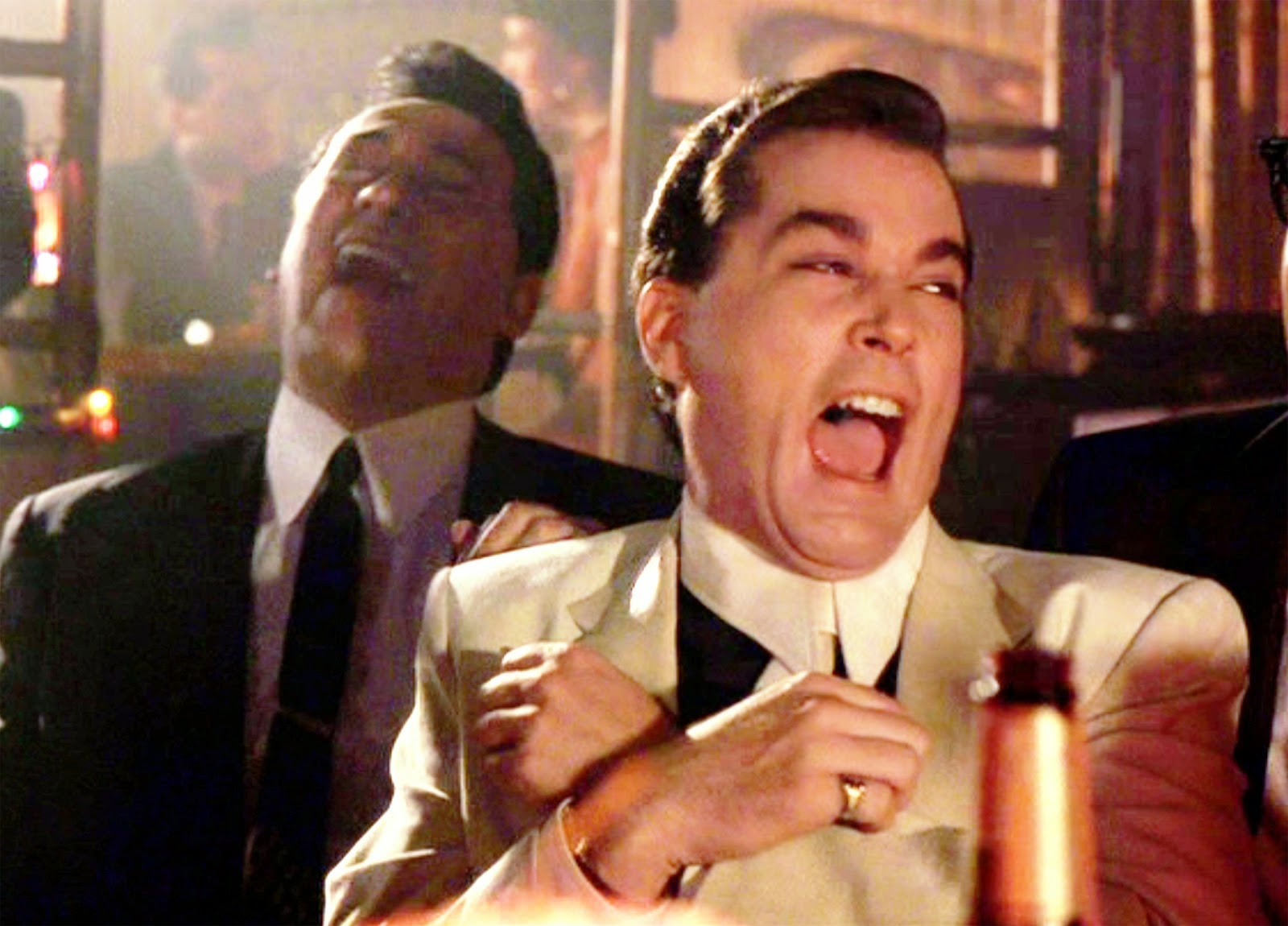- Joined
- Apr 22, 2010
- Messages
- 13
As a machete manufacturer I just would like to give everybody who is interested a small insight into non-stainless tool steels:
It makes a HUGE difference what steel you use for a machete.
Generally anything below SAE1070 is not suitable for a daily work machete as the edge will not hold and will become blunt very fast and the machete will be worn very quickly. Those grades are ideal for shovels or other not cutting tools.
SAE1070 to SAE1075 are OK but there is a catch in how the manufacturer handles the steel. If these blades are quenched to the optimal hardness for edge retention and overall lifespan the tensile strength is not ideal and a good whack into a rock or even a solid tree truck might break the machete (This is sadly done to increase sales). On the other hand if you temper the blade a little softer the edge will not hold as well and the durability will suffer too.
It is with the higher steel grades that the optimal combination of edge retention, durability and tensile strength is obtained.
Now the steel grade is just a first indication. Depending on steel manufacturer other elements like chromium, manganese, sulfur or phosphorus in the material will help greatly or be deterring to the steels quality. It's the right recipe that counts - just as much as the quality of the manufacturing process of the steel. A quality steel of a high grade is really important to a good blade.
As someone told me: A good field worker spends more time and effort choosing a machete than a wife.
It makes a HUGE difference what steel you use for a machete.
Generally anything below SAE1070 is not suitable for a daily work machete as the edge will not hold and will become blunt very fast and the machete will be worn very quickly. Those grades are ideal for shovels or other not cutting tools.
SAE1070 to SAE1075 are OK but there is a catch in how the manufacturer handles the steel. If these blades are quenched to the optimal hardness for edge retention and overall lifespan the tensile strength is not ideal and a good whack into a rock or even a solid tree truck might break the machete (This is sadly done to increase sales). On the other hand if you temper the blade a little softer the edge will not hold as well and the durability will suffer too.
It is with the higher steel grades that the optimal combination of edge retention, durability and tensile strength is obtained.
Now the steel grade is just a first indication. Depending on steel manufacturer other elements like chromium, manganese, sulfur or phosphorus in the material will help greatly or be deterring to the steels quality. It's the right recipe that counts - just as much as the quality of the manufacturing process of the steel. A quality steel of a high grade is really important to a good blade.
As someone told me: A good field worker spends more time and effort choosing a machete than a wife.

